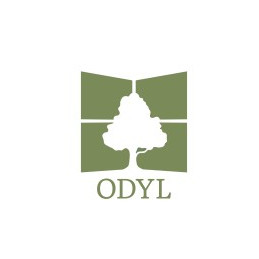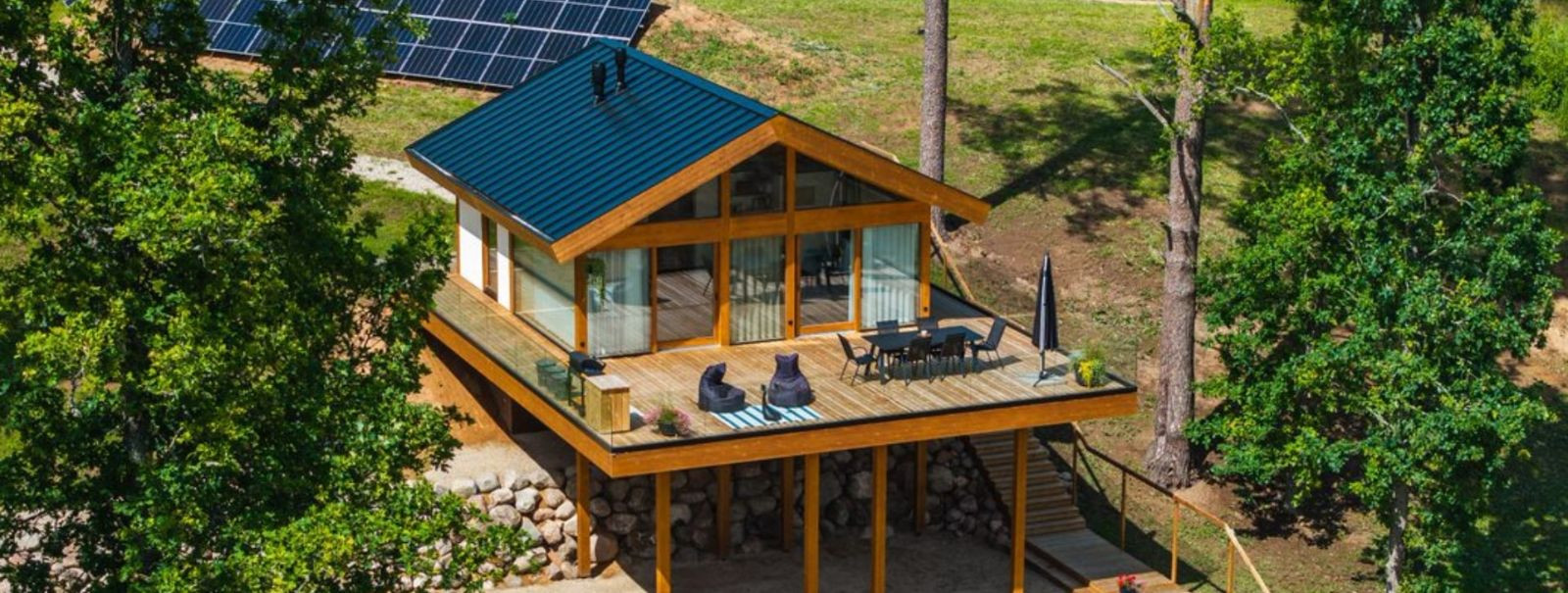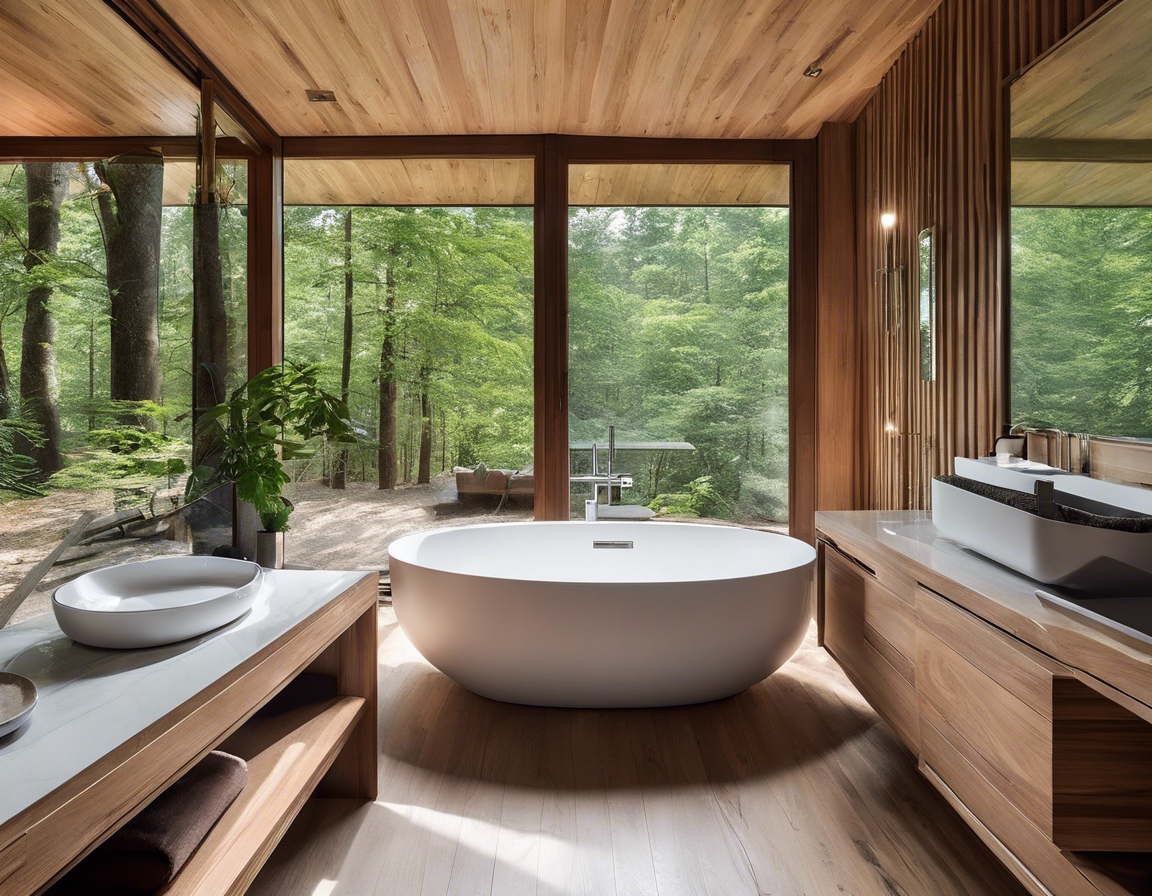The benefits of off-grid living: a comprehensive guide
Off-grid living refers to a lifestyle that is independent of public utilities, such as electricity, water, and sewage systems. It involves generating your own power, managing your own water supply, and often growing your own food. This lifestyle is increasingly appealing to those seeking sustainability and self-sufficiency.
Historically, off-grid living was the norm before the advent of modern utilities. Today, it has gained renewed interest as people seek to reduce their environmental impact and gain independence from traditional utility systems.
2. Environmental Benefits
By generating your own energy through renewable sources like solar or wind, off-grid living significantly reduces your carbon footprint. This lifestyle encourages the use of sustainable practices that are beneficial for the planet.
Off-grid living promotes the efficient use of resources. By managing your own water supply and waste, you become more conscious of consumption and waste, leading to more sustainable living practices.
3. Financial Advantages
One of the most immediate benefits of off-grid living is the reduction in utility bills. By generating your own power and managing your resources, you can save significantly on monthly expenses.
While the initial setup costs can be high, investing in off-grid systems is a long-term financial strategy. Over time, the savings on utilities and the potential for self-sufficiency can outweigh the initial investment.
4. Health and Well-being
Off-grid living often involves using natural and non-toxic materials, leading to improved air quality. Additionally, managing your own water supply ensures that you have access to clean and safe water.
Living off-grid often means being closer to nature, which can have numerous mental and physical health benefits. The tranquility and beauty of natural surroundings can enhance overall well-being.
5. Technological Innovations
Advancements in renewable energy technologies, such as solar panels and wind turbines, have made off-grid living more accessible and efficient. These technologies provide reliable energy solutions that are both sustainable and cost-effective.
Smart home technologies can be integrated into off-grid systems to enhance efficiency and convenience. From automated energy management to remote monitoring, these innovations make off-grid living more manageable and enjoyable.
6. Design and Aesthetics
Off-grid homes can be designed to blend seamlessly with their natural surroundings. Architectural considerations include maximizing natural light, using sustainable materials, and designing for energy efficiency.
Interior design in off-grid homes focuses on functionality and sustainability. This includes using eco-friendly materials, optimizing space, and incorporating elements that enhance the home's energy efficiency.
7. Independence and Security
Off-grid living provides energy independence, freeing you from reliance on public utilities. This independence offers peace of mind and security, especially in times of utility disruptions.
By being self-sufficient, off-grid living offers resilience against external disruptions such as power outages or water shortages. This lifestyle ensures that you have control over your resources and are less affected by external factors.
8. Challenges and Considerations
One of the main challenges of off-grid living is the initial setup cost. Investing in renewable energy systems, water management, and other necessary infrastructure can be expensive upfront.
Maintaining an off-grid system requires regular upkeep and a certain level of technical knowledge. It's important to be prepared for the ongoing maintenance that comes with self-sufficiency.






Comments (0)